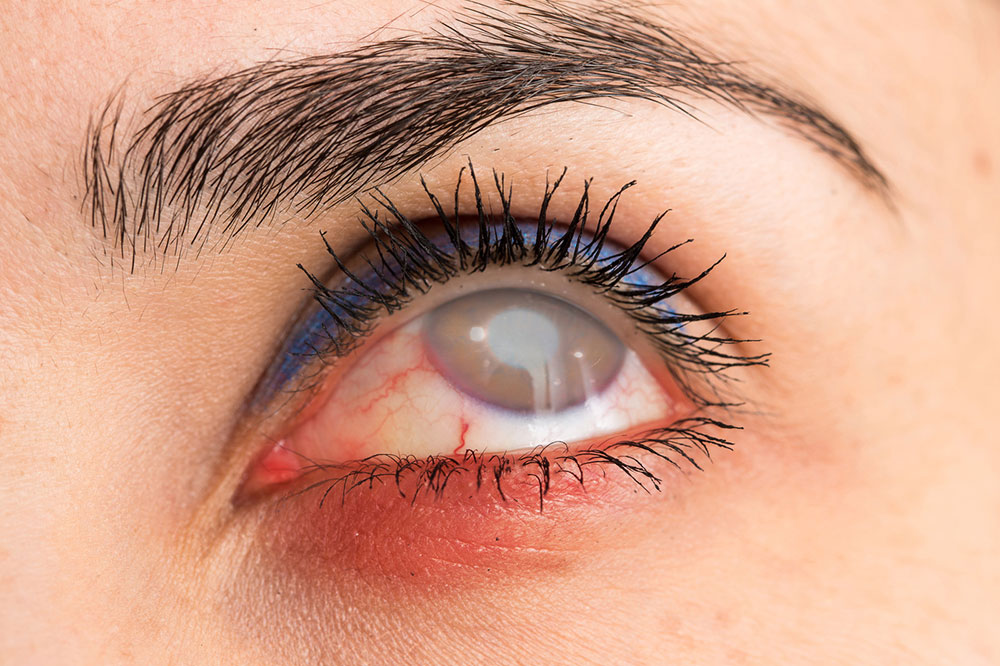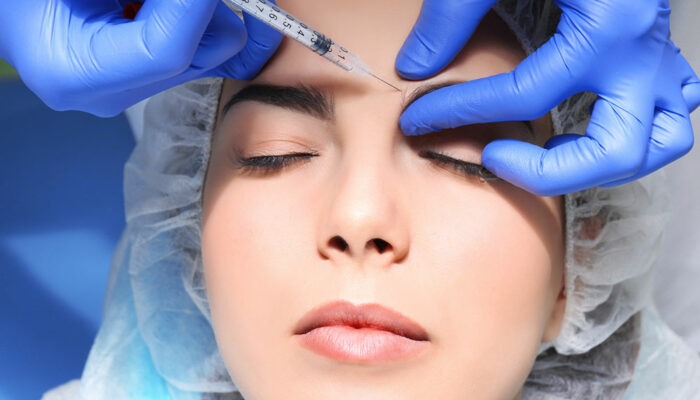
What to Know About Cataracts
Vision affected due to the clouding of the lens in the eyes is called a cataract. A cataract develops slowly and is one of the main types of eye conditions among older people. It leads to one’s normal vision being disturbed due to the cloudy lens as the retina fails to get clear images. Also called reversible blindness, this condition can be cured through surgery.
Types of cataract
One of the main types of eye conditions in older adults, several reasons can contribute to cataract, the major one being the accumulation of proteins that prevent clear vision as the lens gets cloudy. Some of the main causes of this condition are as follows:
- Age-related
This type affects older adults. - Congenital
In this case, babies are born with cataracts or develop it in their childhood due to poor development in the womb or due to injuries or infections caused during pregnancy. - Secondary
This could be due to another underlying medical condition like diabetes, or it could be a side effect of being exposed to toxic substances, UV light, or radiation. Apart from these, the side effects of medicines like diuretics and corticosteroids could also cause cataracts. - Traumatic
These are caused due to an injury to the eye.
Symptoms of cataract
Cataracts grow slowly and may not be noticed until one’s vision is cloudy as they block light. Some of the common symptoms of this eye condition are:
- Foggy, blurry, and filmy vision
- Strained night vision
- Difficulty or changes in the way colors are seen
- Sensitivity to glare
- Nearsightedness (in older people)
- Double vision in the affected eye
- Frequent issues faced with prescribed vision glasses or lenses
Diagnosis
Based on the symptoms, an ophthalmologist will examine the eyes and suggest a few tests to diagnose the severity of the condition. Some of the common diagnosis methods are mentioned here:
- Visual acuity test
An eye condition is detected by asking the patient to read a series of letters on the eye chart. This test is done on one eye at a time. The patient’s vision is tested by gradually reducing the size of the letters to check for any signs of impairment. - Slit-lamp examination
An intense line of light from a slit lamp is passed through the patient’s eye to examine the different layers of the eye. This allows the doctor to look for any abnormalities present. - Retinal exam
The severity of the cataract is examined using a device called an ophthalmoscope. The patient is given eye drops to dilate their pupils to get a clear view of the retina, and the doctor uses a slit lamp to check for any signs of cataract.
Treatment options for cataract
One of the main types of eye conditions affecting older adults, surgery is required in most cases to clear the clouding on the lens that restricts the vision of the patient. The condition or growth is rapid in individuals suffering from diabetes. During cataract surgery, the clouded lens is removed and replaced with a clear artificial lens called an intraocular lens. This is a permanent replacement done to improve vision in affected individuals. Sometimes, individuals with vision impairment or eye problems in the other eye are fitted with eyeglasses or contact lenses to correct it instead of using an artificial lens. Cataract surgery is a safe procedure that does not require the patient to stay in the hospital after surgery.



